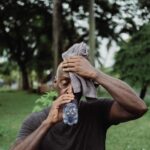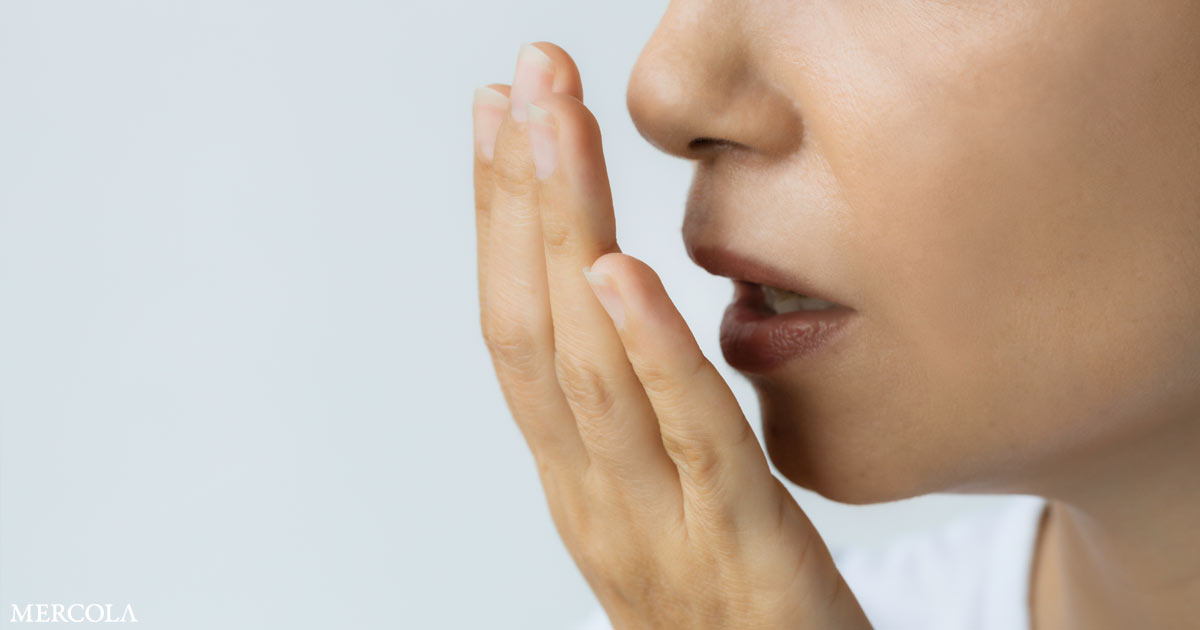
[ad_1]
Some vision issues, such as myopia, can make it difficult for children to learn, grow and enjoy their developmental years to the fullest. Myopia, also known as nearsightedness, is an increasingly common condition that impacts approximately 40% of Americans, according to the American Optometric Association. Many of those impacted by myopia are school-aged children.
The occurrence of myopia is likely to increase. In fact, the World Health Organization has identified myopia as a global public health crisis. Current research shows that by the year 2050, more than half of the world’s population will be myopic.
In most cases, nearsightedness is a condition that may be controlled through a variety of treatment methods. In other cases, especially those in which the myopia progresses rapidly, the condition can present significant challenges and be potentially dangerous to your child’s future eye health.
What is myopia?
Myopia is a common vision disorder that impacts distance vision. Children with myopia are often able to view images clearly when they are close, but struggle to see images that are far away, such as a television or the white board in a classroom.
Myopia is caused by a structural issue within the eye itself. When a child’s eyeball is too long, or their cornea develops an excessive curve, light that enters the eye does not focus properly, which causes images to be unclear or blurry. Myopic patients experience what is known as a refractive error, where the light that enters the eye focuses in front of the retina, rather than directly on the retina itself.
Myopia is often diagnosed in people before they reach the age of 20, and approximately 75% of patients with myopia are diagnosed between the ages of 3 and 12.
The largest shift in myopia tends to occur between ages 8 and 15 – in most people, the progression of the condition eventually stabilizes. However, some patients with myopia may experience worsening vision as they age.
How is myopia diagnosed?
A diagnosis requires an eye exam. Your child’s pediatrician will most likely check their eyes at every well-child visit. If a potential issue is identified, your pediatrician may refer you to an optometrist for a full eye exam. Your child should also have an eye exam from an optometrist before they start kindergarten.
These tests are critical to accurately diagnose myopia and develop a treatment strategy.
Is myopia dangerous for my child?
With the proper treatment, the progression of myopia can be controlled and managed with little impact on your child’s health and happiness.
Myopia is a concern because of the potential problems it can cause later in life. Without the proper treatment, myopia progression can lead to more serious eye health concerns, including cataracts, retinal detachment, myopic degeneration and glaucoma. However, these severe cases are relatively rare.

What are the most common signs of myopia in children?
Children with myopia may exhibit one or more of these common symptoms:
- Frequent headaches
- Eye strain
- Squinting
- Difficulty reading or viewing objects at a distance
These symptoms can lead to other noticeable issues, including poor performance in school, reduced attention span, and difficulties in sports and activities.
Being aware of these signs, and taking corrective action when they appear, is one way to help ensure the health and safety of your child’s vision.
Myopia control and treatment options
There are several treatment options for controlling myopia. It is important to remember that these treatment strategies have been shown to slow the progression of myopia in children, but likely will not stop it. Most children will still progress, however their prescriptions will be lower, which can help to reduce the rate of associated complications.
The most common myopia control options for childhood myopia include:
- Eyeglasses: Prescription glasses are often the first treatment option for childhood myopia, especially for young children. Eyeglasses can be worn at all times, or only when your child needs to focus on objects at a distance, such as viewing a white board or watching a movie.
- Contact lenses: For some children, multifocal contact lenses are an effective treatment option for childhood myopia. Like glasses, contact lenses help their eyes focus light on the retina and improve distance vision. MiSight contact lenses are newly FDA approved for myopia control and have shown to be safe in several studies, even when starting to wear contact lenses at a young age.
- Eyedrops: Prescription eyedrops, such as Atropine, have shown promise in slowing the progression of myopia when used in low concentration. This treatment strategy is relatively new, however. While being used more by eye doctors to control myopia, it has not yet been FDA approved for this treatment.
- Vision therapy: Some childhood patients with myopia respond well to vision therapy, which involves a set of exercises and aids designed to help train the eyes to work with the brain more effectively. Vision therapy is often prescribed in tandem with eyeglasses or other treatment options.
- Refractive surgery: In some very rare cases, refractive surgery may be the best treatment option. The most common type of refractive surgery used to control myopia is orthokeratology, or ortho-k. Photorefractive keratectomy and LASIK are other well-known types of refractive surgery.
A treatment plan to control myopia is developed based on several factors, including the amount of myopic progression and the size and shape of your child’s eyes. When selecting the right treatment option for your child it is important to consult a vision expert or your pediatrician.
Limiting the risk of myopia and slowing myopic progression
While there is no cure for myopia, there are steps you can take to slow myopic progression and improve overall eye health. Limiting the strain to your child’s eyes is especially important during the early development years.
To help protect your child’s eye health, consider these strategies:
- Avoid extended periods of near vision-focused activities
- Limit time spent on digital devices, or take regular screen breaks to rest the eyes
- Encourage outdoor activities
- Ensure appropriate lighting for reading or homework
- Wear protective eyewear during sports and activities
- Wear sunglasses on bright days
- Eat foods that are rich in minerals that support eye health, including Vitamin A, Vitamin C and Lutein
The most important thing you can do to protect your child’s eye health is to schedule regular eye exams and talk to your pediatrician about any concerns you have about your child’s vision.
Talking to your optometrist about your child’s eye health
As a parent, managing your child’s myopia and protecting their eye health can seem challenging. Fortunately, with the right support and care team, your child’s nearsightedness will have little to no impact on their lifestyle or happiness.
HealthPartners and Park Nicollet optometrists are highly trained in identifying vision issues in children. If you haven’t already, schedule an eye exam to have your child’s eye health evaluated. After all, the more you know, the better prepared you are to help protect your child’s vision.
Learn more about eye care from HealthPartners & Park Nicollet.
Or schedule your appointment online.
[ad_2]
Source link





No comment yet, add your voice below!